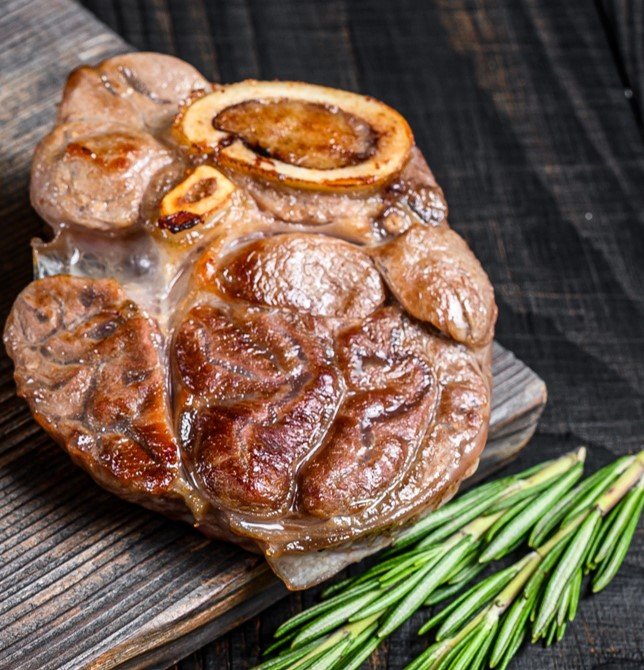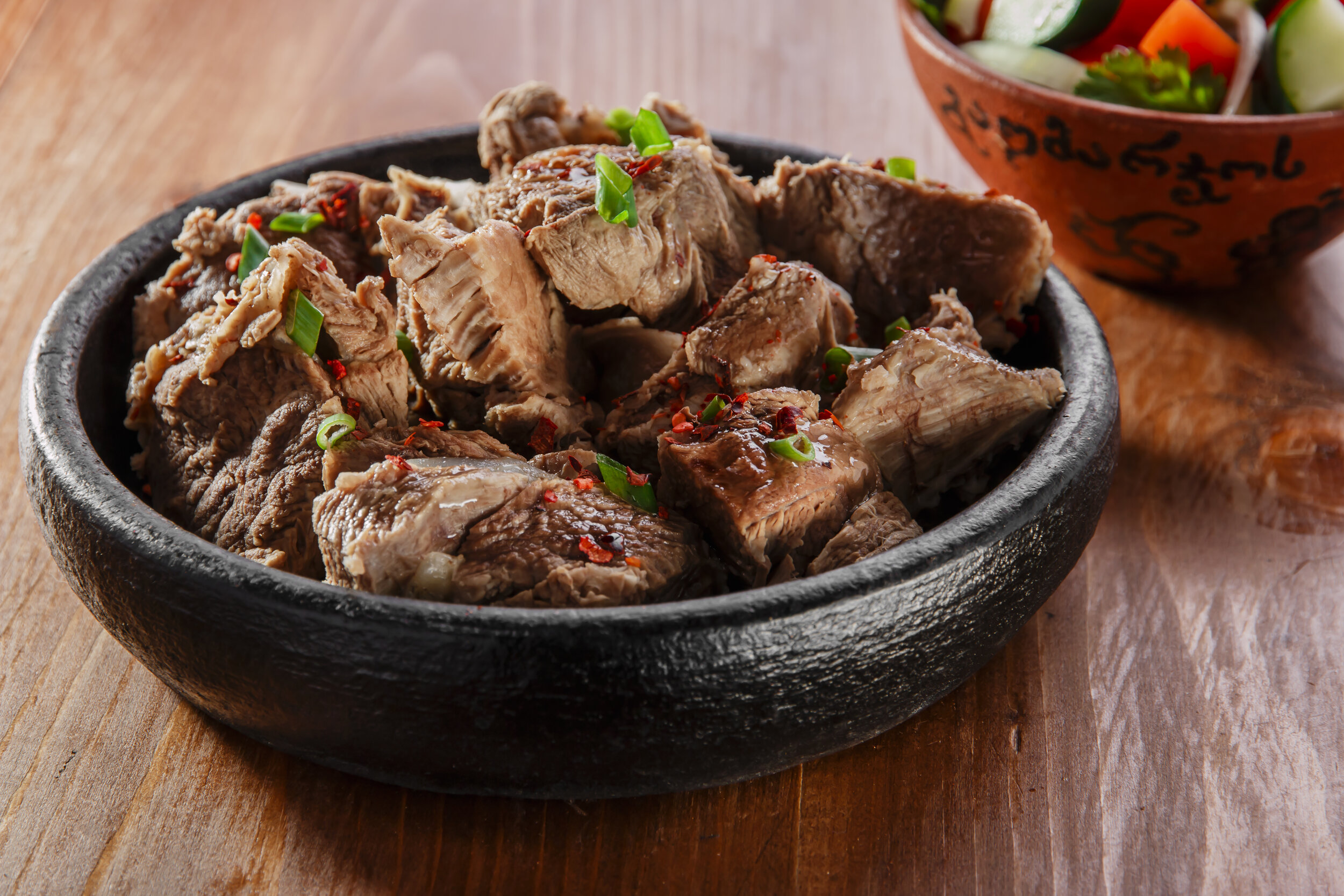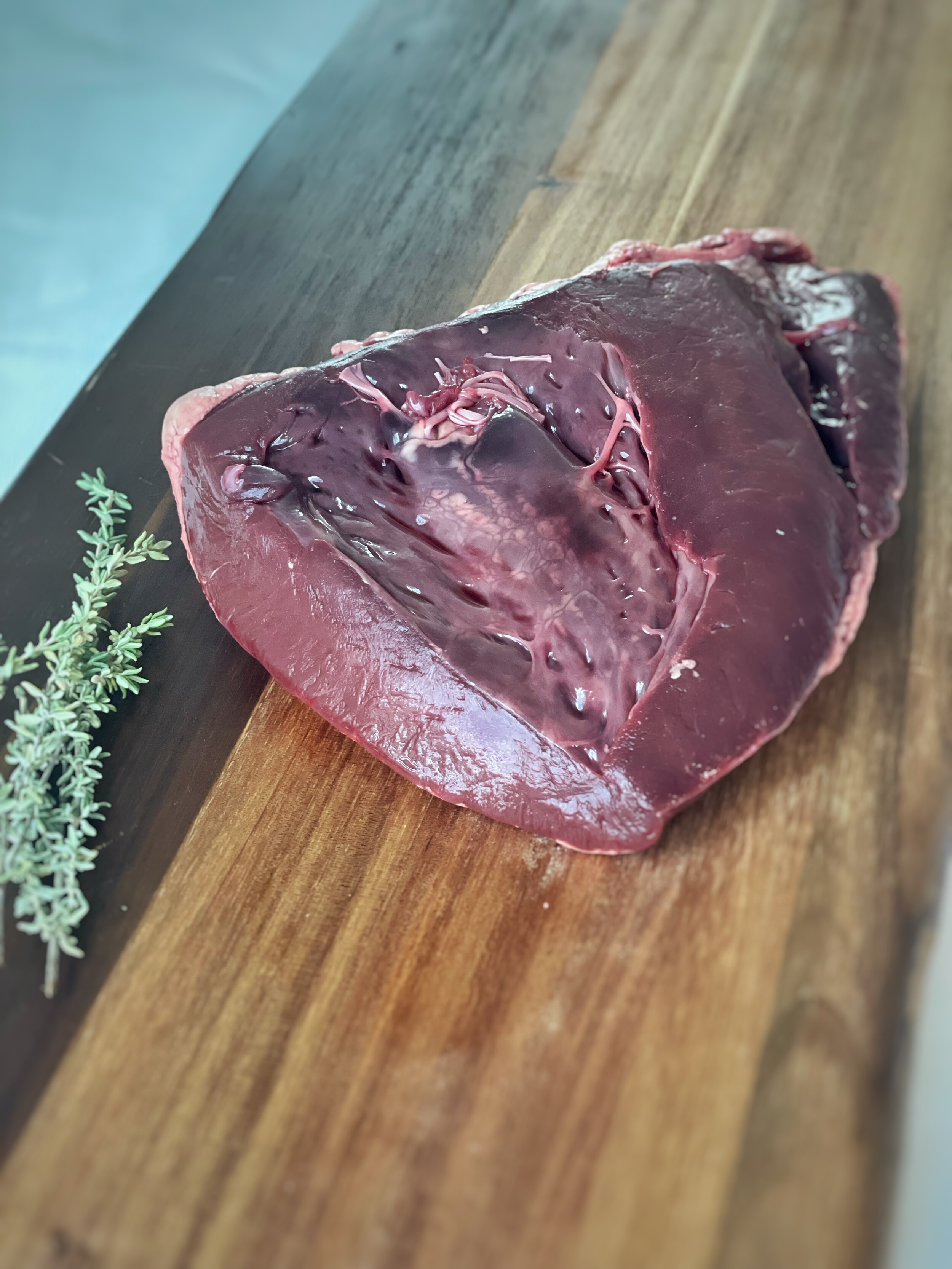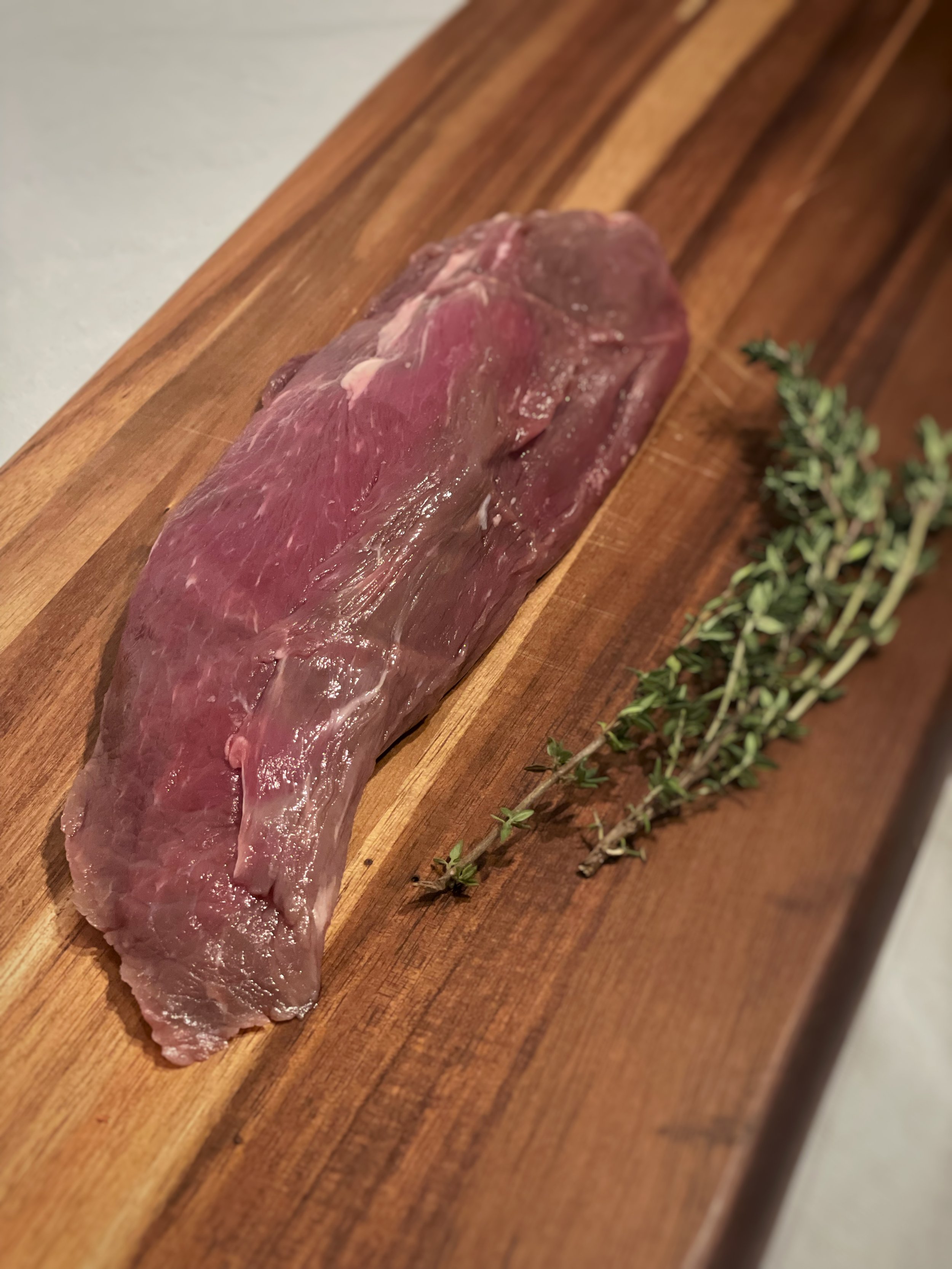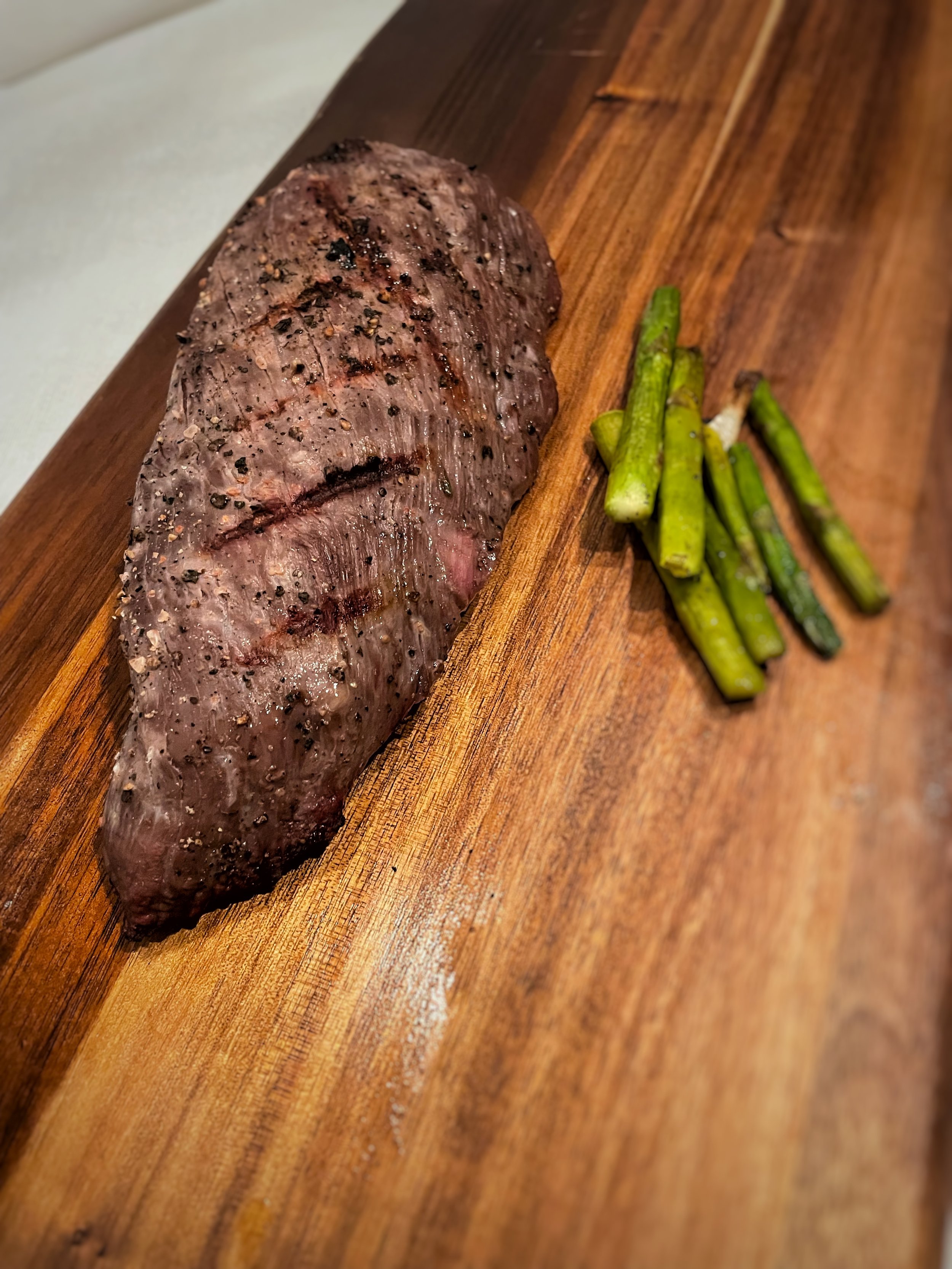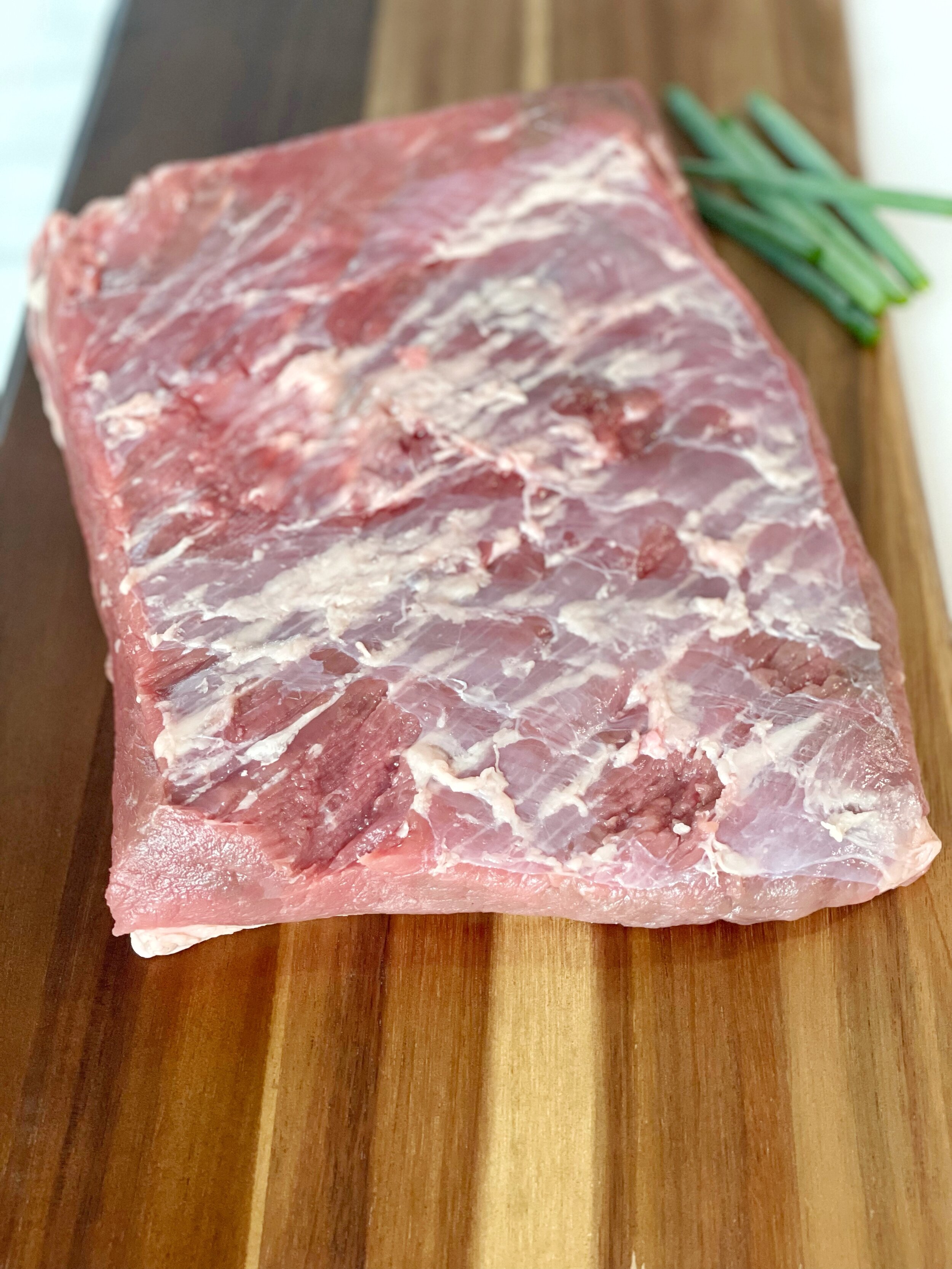 Image 1 of 2
Image 1 of 2

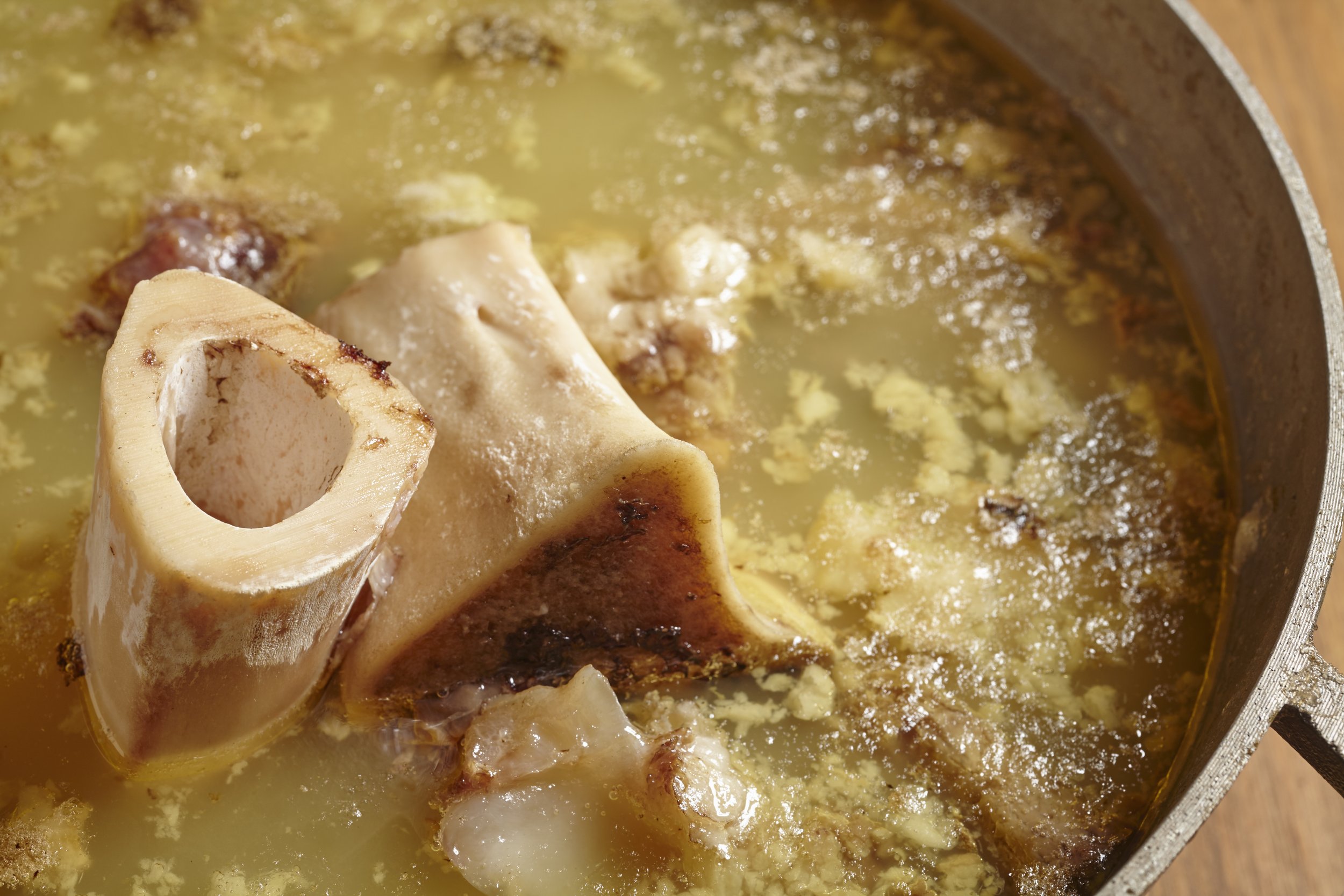 Image 2 of 2
Image 2 of 2



Soup Bones
Packs average 2.5 lbs each.
Soup Bones are generally Neck Bones, Knuckle Bones, or Rib Bones. They are leftover after the butchering process, so using them is a great way to consciously use more of the animal (and waste less). While soup bones don’t usually have enough meat on them to make a meal by themselves, they’re the perfect ingredient to make beef soup, beef broth, or bone broth.
Grass-Fed/Grass Finished Beef. Raised in the Lowcountry.
Packs average 2.5 lbs each.
Soup Bones are generally Neck Bones, Knuckle Bones, or Rib Bones. They are leftover after the butchering process, so using them is a great way to consciously use more of the animal (and waste less). While soup bones don’t usually have enough meat on them to make a meal by themselves, they’re the perfect ingredient to make beef soup, beef broth, or bone broth.
Grass-Fed/Grass Finished Beef. Raised in the Lowcountry.
Packs average 2.5 lbs each.
Soup Bones are generally Neck Bones, Knuckle Bones, or Rib Bones. They are leftover after the butchering process, so using them is a great way to consciously use more of the animal (and waste less). While soup bones don’t usually have enough meat on them to make a meal by themselves, they’re the perfect ingredient to make beef soup, beef broth, or bone broth.
Grass-Fed/Grass Finished Beef. Raised in the Lowcountry.


